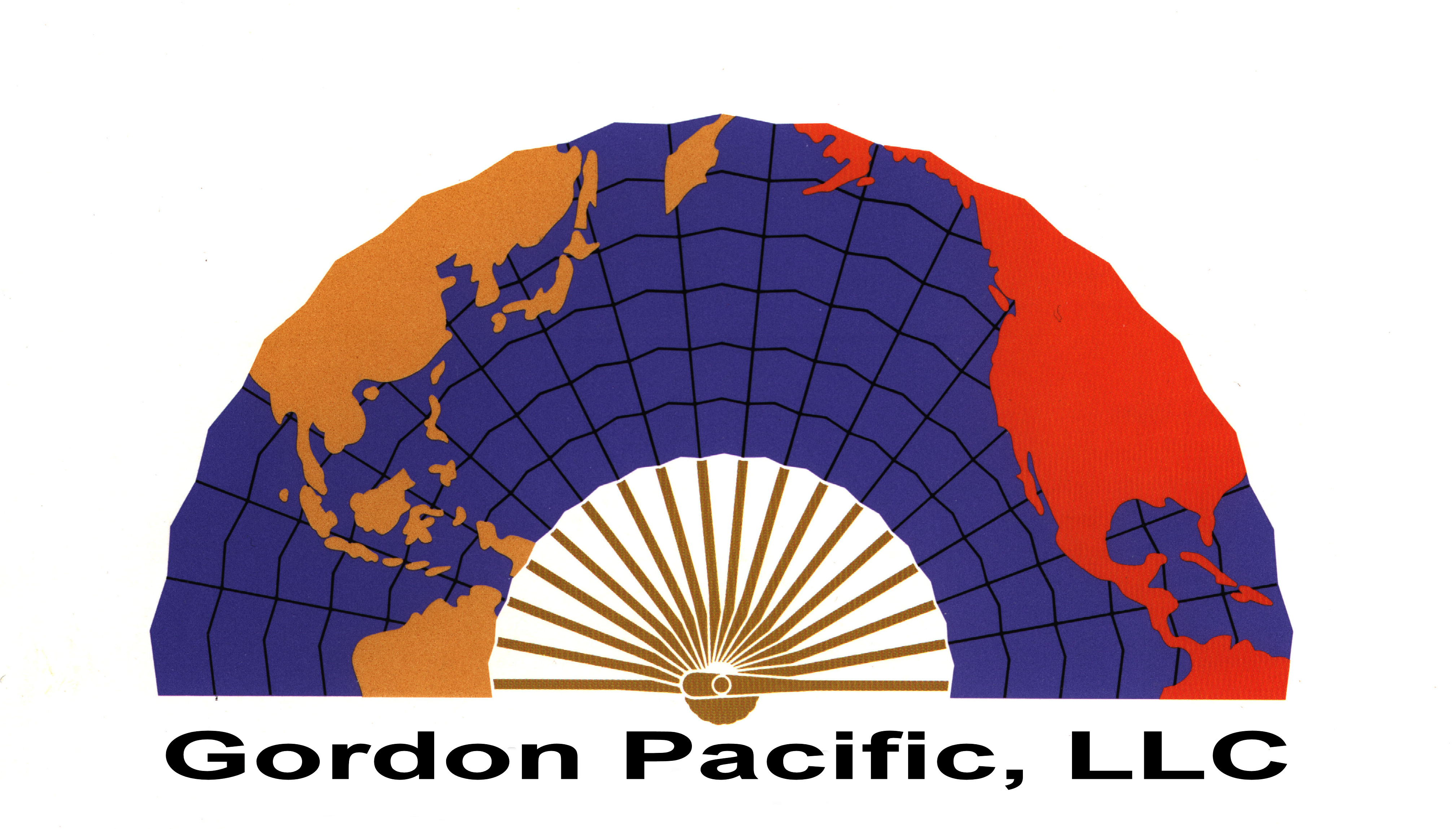
Economic Impact Studies typically quantify the client’s project value over a 15 to 20 year period, specifically:
- The Direct and Indirect Regional Employment as the result of the client’s project
- Direct and Indirect Non-Regional employment as the result of the project (if local skills are not available the study will show over time how those skills will be locally developed)
- The financial impact of the project in terms production output and earnings
- The Value Add Tax (VAT) and other local governmental taxes/fees generated
Since in most emerging markets, rarely does one find the type of critical “multipliers” (e.g., RIM II methodology) that are traditionally used in US studies, it is necessary to develop a new methodology.
Gordon Pacific has developed such a methodology and has used it successfully in emerging market environments.
Clients interested in such studies in emerging markets typically use the results to either:
- gain acceptance or “concessions”/subsidies from emerging market governments,
- help government officials demonstrate success in attracting impactful FDI which may, in turn, improve their chances of receiving additional future support from higher level government officials/agencies, or
- help provide evidence to the client’s BOD or investors that the project may be able to attract governmental concessions/subsidies.







